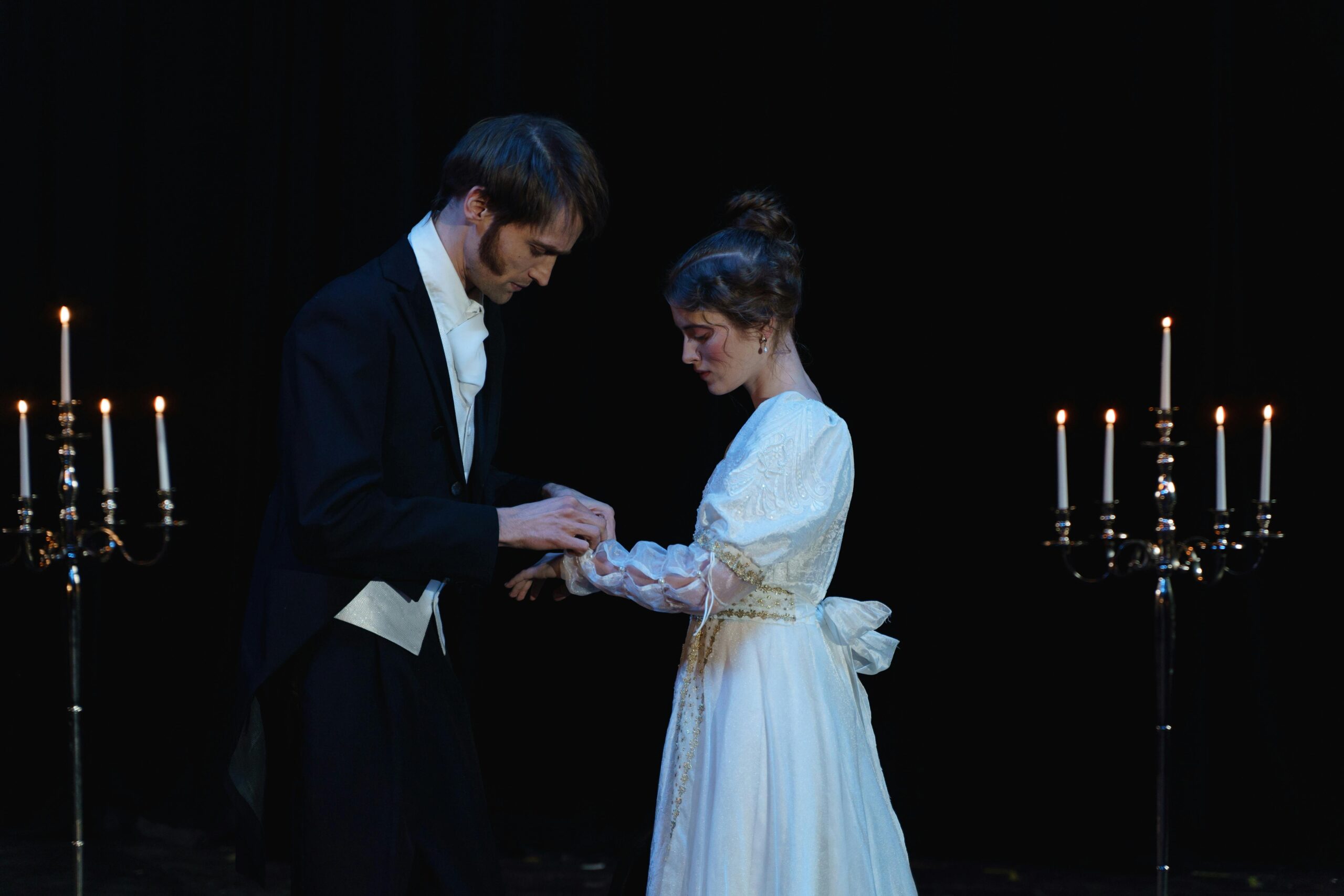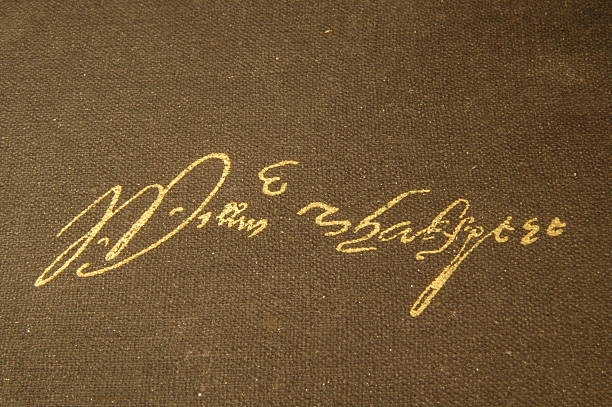In literature and drama, dialogue does more than move the plot forward — it reveals character, builds relationships, and often serves as the vehicle for one of the most overlooked yet essential elements of human connection: emotional consent .
While modern discussions around consent often focus on physical boundaries, emotional consent — the mutual understanding and respect for personal feelings and limits — has been explored in classic literature long before the term became part of mainstream discourse.
This article explores how iconic characters from classic works use dialogue to establish, negotiate, and honor emotional consent , offering timeless lessons on respectful communication , personal autonomy , and healthy relationships .
Let’s dive in.
What Is Emotional Consent?
Emotional consent refers to the mutual agreement and comfort in sharing or engaging with emotions . It includes:
- Respecting someone’s readiness to open up
- Asking before probing sensitive topics
- Recognizing when someone is uncomfortable or unwilling to share
Unlike physical consent, emotional consent is often subtle — but no less important. And many classic literary characters modeled these dynamics through their conversations.
Why Emotional Consent Matters in Literature
Classic literature reflects the values, norms, and struggles of its time — and emotional boundaries are no exception.
Even without today’s terminology, authors like Jane Austen, Shakespeare, Charlotte Brontë, and Leo Tolstoy crafted characters who navigated emotional vulnerability with grace, restraint, and respect .
The Role of Dialogue
Dialogue is the primary tool through which emotional consent is negotiated in fiction:
- It shows how characters ask permission to engage emotionally
- It illustrates how they respond when someone declines
- It models what healthy emotional reciprocity looks like
By analyzing these moments, we gain insight into how emotional maturity was portrayed — and what we can learn from it today.
Classic Literary Examples of Emotional Consent in Dialogue
Here are some powerful examples of how emotional consent is expressed — or violated — through dialogue in classic literature.
1. Elizabeth Bennet and Mr. Darcy – Pride and Prejudice (Jane Austen)
One of the most celebrated literary relationships, Elizabeth and Darcy’s dynamic is built on honesty, resistance, and eventual mutual respect .
Key Emotional Consent Moment:
“I must make you the offer of my hand. You will permit me to do so?” – Mr. Darcy
Darcy doesn’t assume consent. He asks for permission to propose — a rare moment of emotional consent in 19th-century romance.
Why It Works : Darcy respects Elizabeth’s agency, even before she accepts him.
2. Jane Eyre and Mr. Rochester – Jane Eyre (Charlotte Brontë)
Jane’s relationship with Rochester evolves slowly, with clear emotional boundaries set by Jane .
Key Emotional Consent Moment:
“I care for myself. The more solitary… the more I will keep the law given by God.”
When Jane learns of Bertha Mason, she refuses to compromise her values — not out of spite, but because her emotional boundaries have been crossed .
Why It Works : Jane asserts her right to self-respect and emotional safety.
3. Hamlet and Ophelia – Hamlet (William Shakespeare)
Ophelia’s tragic arc highlights what happens when emotional consent is ignored.
Key Emotional Consent Moment:
“Get thee to a nunnery!” – Hamlet
Though harsh, this exchange shows Hamlet imposing emotional pressure on Ophelia without regard for her state of mind.
Why It Fails : Ophelia is never given space to express her own emotional needs — a key example of emotional manipulation .
4. Natasha Rostova and Andrei Bolkonsky – War and Peace (Leo Tolstoy)
Natasha and Andrei’s relationship begins with a romantic ideal — but evolves into a deeper understanding of emotional readiness.
Key Emotional Consent Moment:
“You must be free,” he said gently.
Andrei gives Natasha space to grow emotionally before committing to marriage.
Why It Works : He respects her emotional journey rather than rushing her into a decision.
5. Anne Shirley and Gilbert Blythe – Anne of Green Gables (L.M. Montgomery)
Gilbert’s early pursuit of Anne borders on persistence — but over time, he learns to read her emotional signals and wait for her consent .
Key Emotional Consent Moment:
“I’m not ready to accept your friendship yet, Gilbert Blythe.”
Anne clearly states her emotional stance — and Gilbert respects it until she changes her mind.
Why It Works : It models patience, listening, and honoring emotional timing .
How Emotional Consent Is Expressed Through Dialogue
While modern language may differ, classic characters often conveyed emotional consent through these conversational techniques:
1. Asking Before Sharing Intimate Feelings
“May I speak plainly?”
“Would you mind if I shared something personal?”
These lines show emotional awareness and consideration for the listener’s comfort .
2. Respecting Silence or Hesitation
Some characters choose not to speak — and others recognize that silence deserves respect.
“If you’re not ready to talk about it, I understand.”
This kind of dialogue honors emotional pacing.
3. Using Humor or Indirectness to Gauge Comfort
Classics often used humor or metaphor to test emotional waters before diving in deeply.
“Love is a delicate plant — best watered by mutual affection, not force.”
This allows both parties to engage or retreat without pressure.
4. Apologizing When Overstepping
When characters realize they’ve gone too far, they often apologize — modeling accountability .
“I see now that I should not have pressed the matter.”
Such lines teach readers that acknowledging missteps is part of emotional maturity .
Lessons from Classic Literature on Emotional Boundaries
From Austen’s wit to Brontë’s resilience, classic literature teaches us that emotional consent is not new — just underrepresented in modern conversation .
Key Takeaways:
- Consent isn’t only physical — it applies to emotional spaces too.
- Asking before assuming fosters healthier connections.
- Respecting hesitation builds trust and depth in relationships.
- Healthy love stories include boundaries — not just passion.
- Literature shapes cultural understanding of consent and empathy.
Frequently Asked Questions (FAQ)
Q: Can emotional consent be shown through dialogue?
A: Yes — asking permission, recognizing discomfort, and respecting emotional boundaries can all be done through spoken exchanges.
Q: Do classic novels portray emotional consent accurately?
A: Some do exceptionally well (like Jane Eyre and Pride and Prejudice ), while others reflect the emotional norms of their time — which may lack modern sensitivity.
Q: How can I write emotional consent into my own stories?
A: Show characters asking before probing , honoring hesitation , and valuing emotional safety in dialogue.
Q: Is emotional consent relevant to non-romantic relationships?
A: Absolutely — emotional consent matters in friendships, family dynamics, and professional settings too.
Q: Why is emotional consent important in storytelling?
A: It adds realism, depth, and moral clarity — helping readers connect with characters in a meaningful way.
Final Thoughts
Classic literature may seem distant in style and setting — but its insights into human emotion, social dynamics, and relational boundaries remain profoundly relevant.
Through carefully crafted dialogue, many beloved characters modeled emotional maturity, respect, and consent — sometimes more effectively than modern media.
Whether you’re a reader, writer, or simply someone navigating complex relationships, these stories remind us that consent isn’t just legal — it’s deeply human .
Because real love — and real communication — starts with asking, listening, and respecting .





